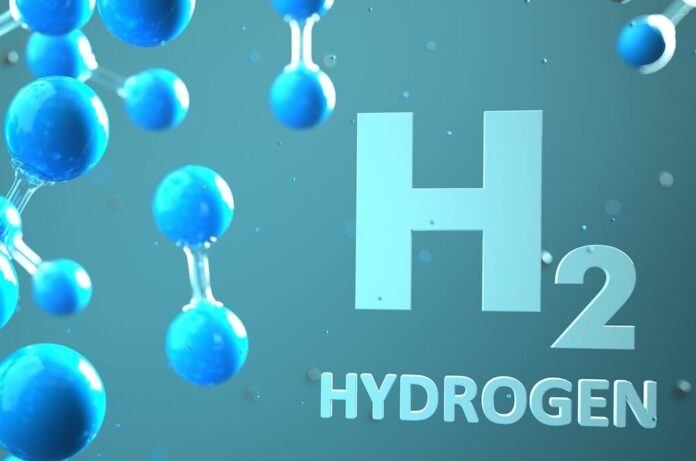Zero-emission technologies available for transportation today use batteries, hydrogen fuel cells, or internal combustion engines (ICE) running on biogas, synfuels, or hydrogen. These last three can only be classified as zero-emission when the energy used to produce the fuel is carbon-free, that is it comes from wind, solar, hydroelectric or geothermal sources, or from fossil fuel-burning power plants equipped with carbon capture (CC). Even battery-powered vehicles, known as EVs, can be associated with carbon emissions if the sourced electricity comes from fossil-fuel-burning plants that lack CC.
It was estimated that more than 169 million ICE vehicles were on the world’s roads in 2021 and that over 2 billion ICE were being used globally, many in non-transportation applications. For comparison, 2021 numbers for battery and fuel-cell-powered vehicles climbed to approximately 11 million, or in other words, a very small fraction.
Current ICE technology has lifespans that range between 10 and 30 years depending on the application. What this means for the planet is that emissions-producing ICE technology is to remain with us well past the 2050 net-zero emission date unless governments around the world legislate them into oblivion.
What if ICE engines could be converted to run on green hydrogen? There are many challenges in answering this question.
Currently, hydrogen produced from green sources involves the use of renewable energy technologies or fossil-fuel burning thermal energy with CC. That makes the hydrogen pretty expensive. Nevertheless, research by automotive companies is ongoing to produce a hydrogen-powered ICE.
One of the companies is Toyota which has built an experimental hydrogen-burning ICE-powered car. Toyota’s work with hydrogen has produced the first commercial hydrogen fuel-cell-powered car, the Mirai. Comparing the efficiencies and practicalities of both technologies leads to the immediate conclusion that hydrogen fuel cells are a much better option.
Why? Because injecting hydrogen gas into an ICE requires modifications to improve both the efficiency and power yield. Hydrogen is less efficient than gasoline or diesel when burned. A burn byproduct is nitrogen oxides which can be removed using catalytic converters, an added expense. Then there is fuel efficiency. To get the same mileage as a comparable ICE-powered vehicle, a hydrogen ICE would require a heavy and large pressurized tank to contain the gas making the vehicle somewhat impractical. In comparison, a hydrogen fuel-cell-powered vehicle would require a manageable hydrogen tank to feed the fuel cell stack to generate electricity. The only emission would be water.
Having said all of this, this week a British inventor, Steve Berrow, in a press release states he and his colleagues have invented a hydrogen-burning fuel system which could be a means to convert existing ICE vehicles.
Called the Berrow-Zeice System, Berrow states it can be adapted for any ICE, big or small, burning diesel or gasoline. In the release, he states his patent-pending technology “is truly a global gamechanger for the fight against climate change,” and adds, “our technology can…reduce the damaging impact of toxic emissions and have a significant positive impact on public health and the environment at large.”
The Berrow-Zeice System features no air intake and no exhaust. It emits only water. Berrow is looking for investors to put his invention into commercial production. He can be reached at steve@berrow-zeice.com.
Just how complicated is the process of converting ICE technology to burn hydrogen? I watched a video to get a better idea of the complexity. I’m sending this posting to Steve Berrow by email with access to the video link to get him to comment.
















